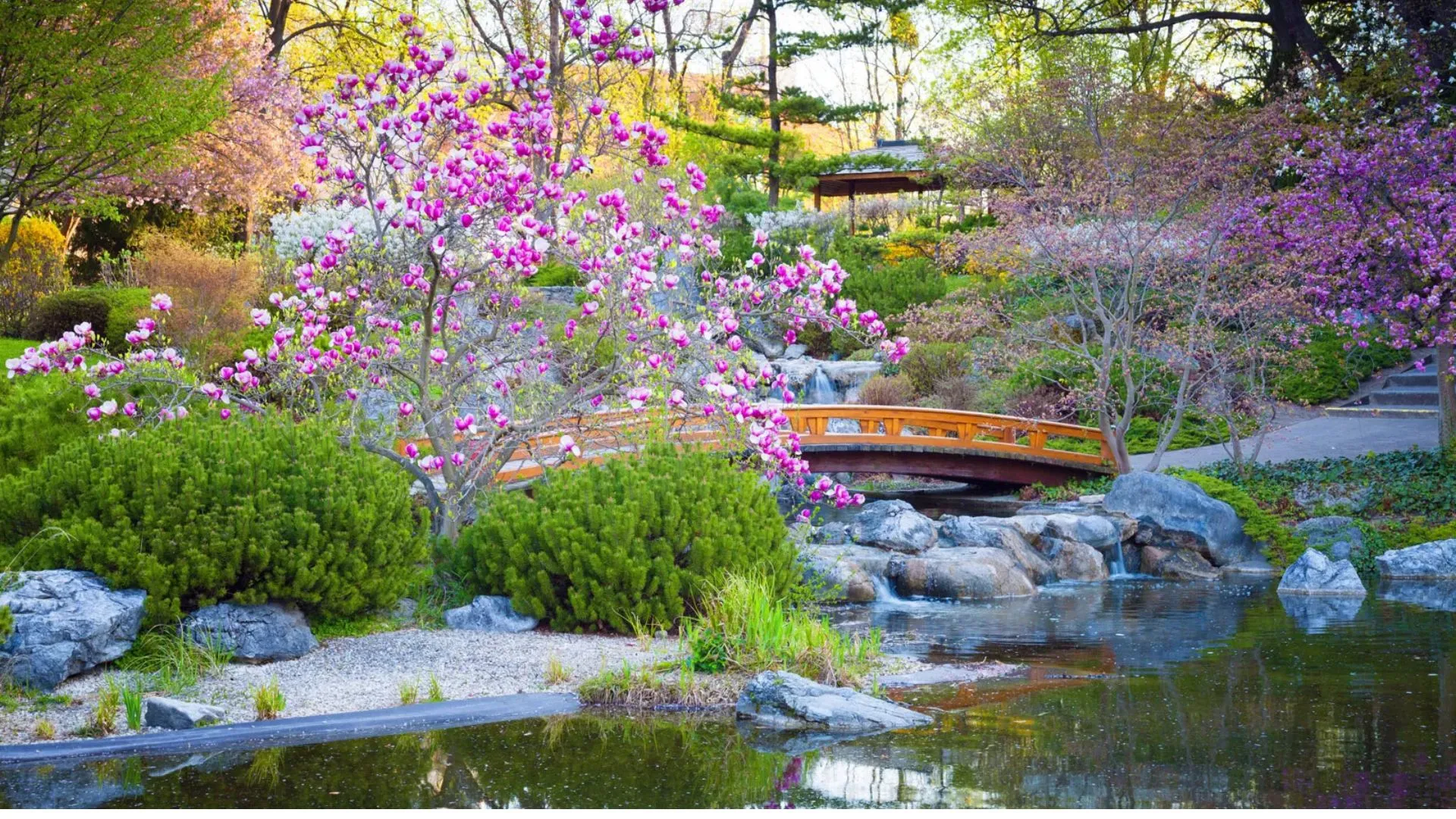I thought to myself, if art triggered such powerful emotions in an adult, imagine what it could do for a baby. I took Samaya to her first art gallery when she was a mere three months old. I received some perturbed stares, but did I care? I was on a mission to prove that art is for babies too. Even Samaya sneezing on a Picasso did not stop me. I nervously apologised to the security guard and then passionately preached why it was so important for our babies to view art.
I still remember walking into the National Gallery with Samaya in her pram. Her eyes widened, and she squealed excitedly when she saw Van Gogh’s ‘Sunflowers’. Her gasps when she saw ‘Birds of Many Climes’ entertained other viewers too. I could see inspiration and deep joy in her. All children love art. Scribbling, drawing, sculpting and painting come naturally to them. I hope there are many schools globally that use art as a meditation activity.
I wish more people realised that only art can develop curiosity about the world, improve communication and hone craftsmanship. Art is not a mathematical problem with only one right answer. Your relationship with and interpretation of an art piece is yours and yours alone. The advantage children have with art is that they easily become a part of the artist’s universe with a freedom that adults rarely have. You will see this clearly if you ask adults questions about a piece and then ask a child the same questions.
Our art galleries are supposed to represent the pinnacle of our artistic achievements. If they display the most vivid colours, the most creative art pieces, the most intriguing scenes, then why would you deprive babies of such a magnificent experience at the stage when they are most receptive?
When Michelangelo carved ‘The Angel’, I doubt he decided on the minimum age it could be viewed at. Regular art gallery visits will only lead a child to fall in love with colours, creativity and imagination. It’s magical to witness children transfer their emotions on to a canvas. You will be amazed to see the deep colours children choose when annoyed or upset and the softer tones they gravitate towards when feeling happy.
Mindfulness activities with art
1. Get together as a family and visit an art shop. Buy sketching paper and paint accessories. Now pick one evening or a Sunday brunch session for art. Have a painting competition between parents and children to paint a portrait of every family member. The results are not just hilarious but emotional and will magically bond the family.
2. Plan a trip to a gallery with family/friends and carry art accessories. Mindfully pick a painting and start creating your unique version. This will be such a revelation, as sitting in front of a celebrated painting and replicating it creates an intense bond with the artist, the piece and its journey.
3. Mindfully pick an ‘art piece of the month’, print a picture of it and put it up on your refrigerator. Each family member must research the artist and the piece and give their analysis on what the artist wished to convey through the painting.
4. Create an ‘art magic’ box (it can be a wooden box or a shoebox). Write ‘magic’ on it. Next time you go for a stroll, pick up anything you fancy such as pebble, flower, stick and feather and place it inside the box. Painting and sketching it will be your next project.
Excerpts from the book, ‘Building a Happy Family’ (Penguin India).










